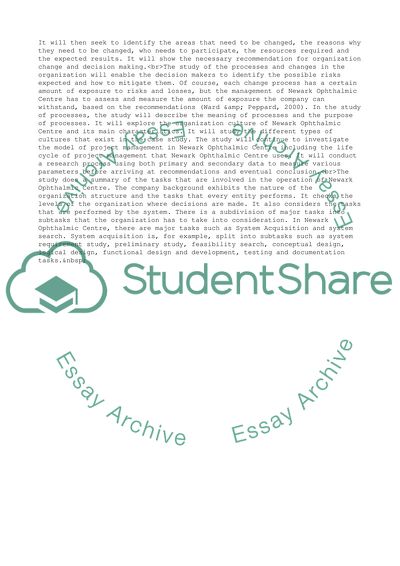Cite this document
(“Management Information System, Recommendations Assignment”, n.d.)
Management Information System, Recommendations Assignment. Retrieved from https://studentshare.org/management/1798097-management-information-system
Management Information System, Recommendations Assignment. Retrieved from https://studentshare.org/management/1798097-management-information-system
(Management Information System, Recommendations Assignment)
Management Information System, Recommendations Assignment. https://studentshare.org/management/1798097-management-information-system.
Management Information System, Recommendations Assignment. https://studentshare.org/management/1798097-management-information-system.
“Management Information System, Recommendations Assignment”, n.d. https://studentshare.org/management/1798097-management-information-system.


